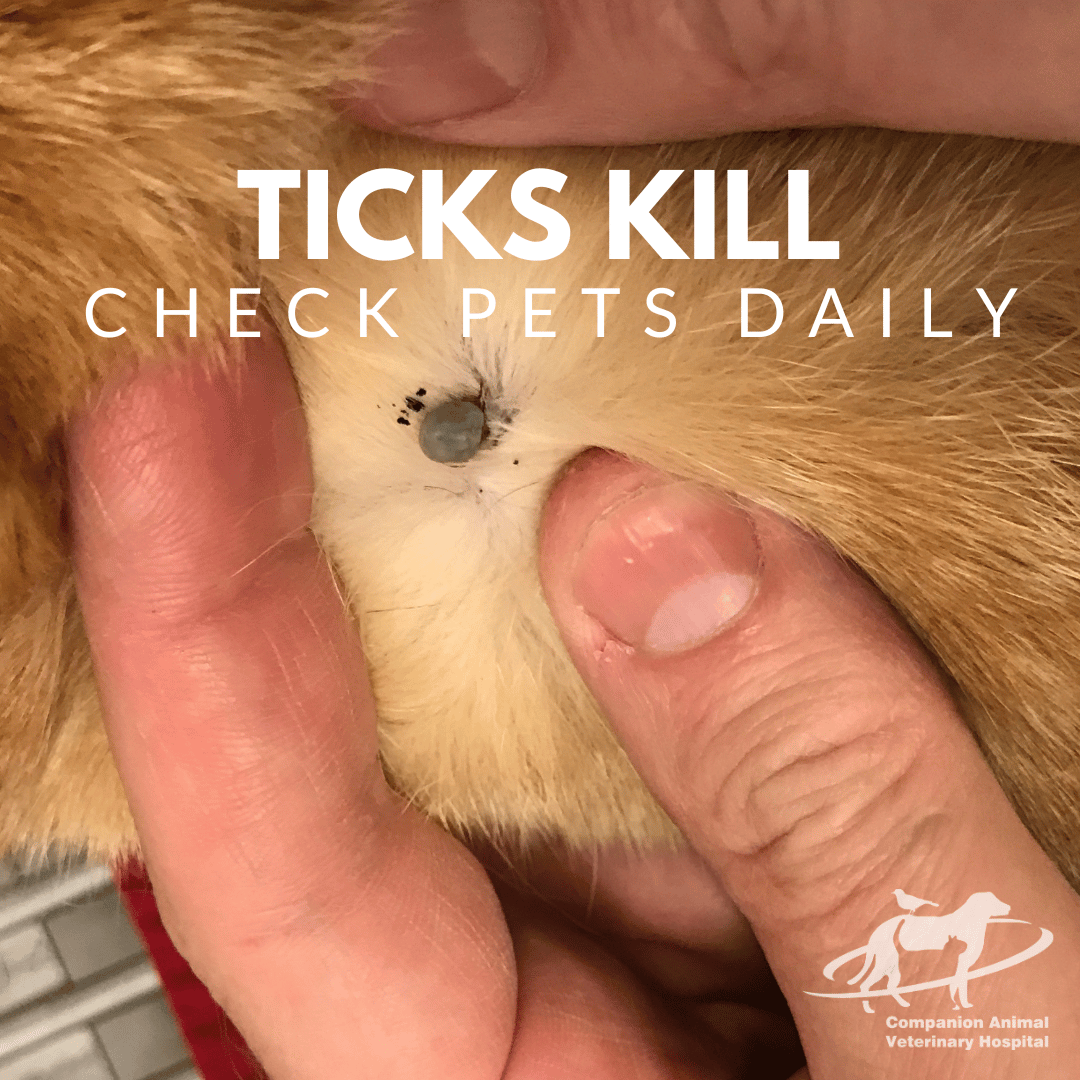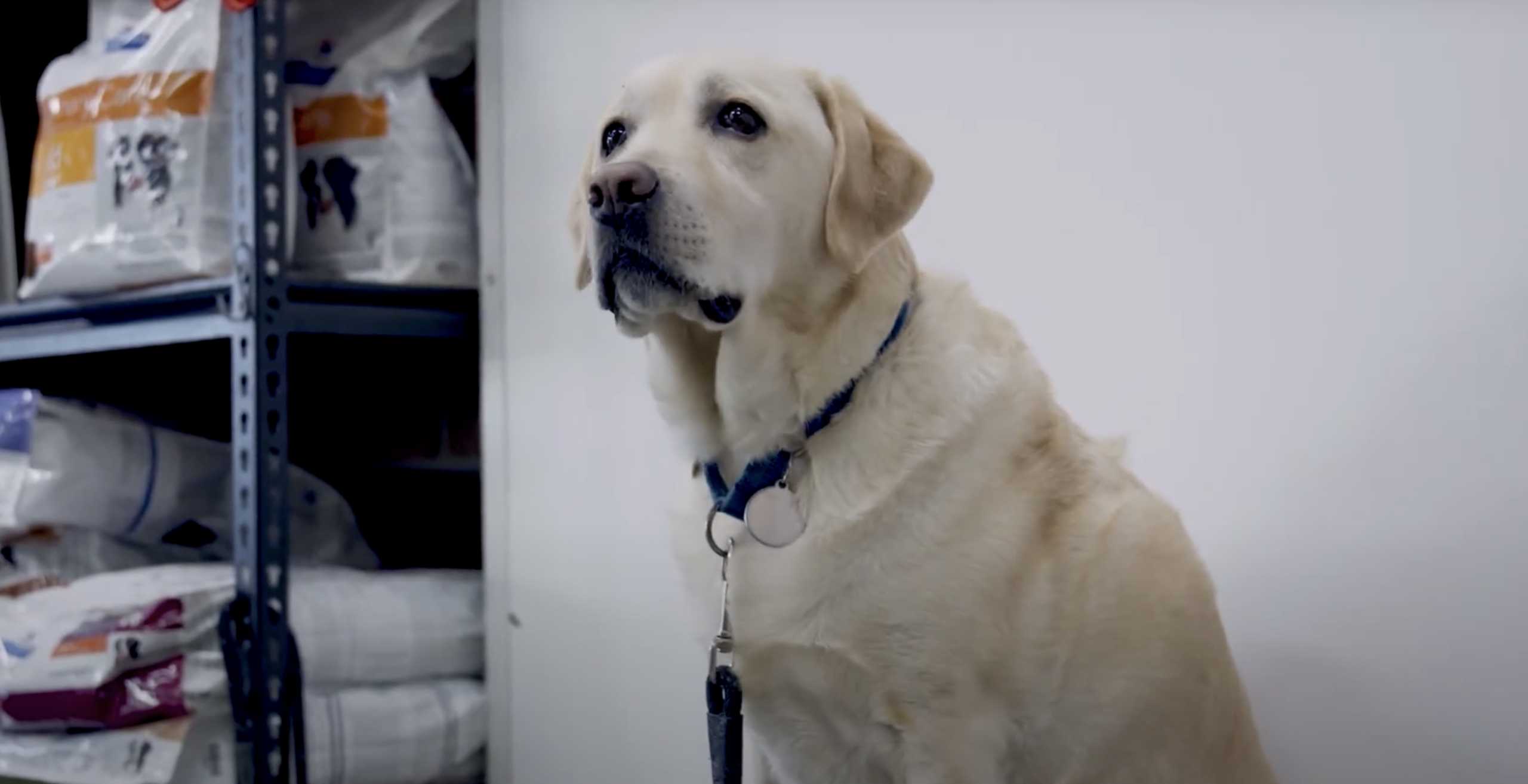Heat stress (heat exhaustion to heat stroke) can escalate quickly in NSW’s hot, humid months. Short-nosed breeds, seniors, overweight pets and very young animals are at the highest risk. Learn the early signs, what to do in an emergency, and simple steps to keep pets safe. If you’re worried about your pet right now, call us or book an urgent appointment.
Why heat stress happens?
Pets cool differently to humans. Dogs rely mainly on panting; cats dissipate heat through grooming and limited sweating through paw pads. When environmental heat and humidity exceed a pet’s ability to lose heat—think parked cars, midday walks, poorly ventilated rooms or intense play—body temperature rises, leading first to heat stress and, if untreated, heat stroke (a life-threatening emergency).
High-risk situations:
- Parked cars (even with windows cracked)
- Midday exercise, beach runs or ball games
- Hot, still rooms or garages; transport crates without airflow
- Humid days following a cool spell (pets aren’t acclimatised)
- Heavy coats, obesity, anxiety or airway disease
High-risk pets: brachycephalic (short-nosed) breeds (French/English Bulldogs, Pugs, Boxers, Boston Terriers, Persian cats), seniors, puppies/kittens, overweight pets, those with heart/respiratory conditions.
Early warning signs (mirror your creatives)
Watch for any of the following and act early:
- Panting that’s heavy, fast or noisier than usual
- Drooling or sticky, ropey saliva
- Lethargy or reluctance to move; seeking cool surfaces
- Bright-red or pale gums, glassy eyes
- Uncoordinated walk, weakness or collapse
- Vomiting/diarrhoea (sometimes bloody)
- Disorientation, seizures (advanced)
Act fast: If you see these signs, move your pet to shade/AC and begin first-aid cooling while you call the clinic for guidance.
What to do immediately (first aid)
- Move to a cool area with airflow or air-conditioning.
- Start active cooling: pour cool (not ice-cold) water over the body, especially armpits, groin and belly; or place cool, wet towels and refresh frequently.
- Offer small amounts of cool water to drink—don’t force.
- Use a fan to increase evaporative cooling.
- Travel to the vet as soon as you begin cooling. Continue cooling on the way.
Avoid: ice baths (cause vessel constriction and shivering), forcing water into the mouth, or delaying veterinary assessment once signs are present.
Why veterinary care still matters
Even if your pet seems brighter after cooling, heat stroke can trigger delayed complications such as brain swelling, kidney injury, GI ulceration and clotting problems. We check temperature, hydration and oxygenation; provide IV fluids, oxygen, anti-nausea and protective medications; and monitor for organ effects over the next 24–48 hours.
If in doubt, err on the side of caution and call us. Rapid assessment saves lives.
Prevention checklist (use as a summer hand-out)
Walk smart
- Exercise early morning or late evening; avoid peak heat/humidity.
- Keep sessions short; choose shaded routes and carry water.
- On hot days, swap vigorous fetch or runs for scent games or gentle training indoors.
Hydration & shade
- Multiple water stations at home; keep bowls clean and refilled.
- Provide deep, continuous shade outdoors and good ventilation.
- Cooling mats, damp towels and kiddie pools help on hot days (supervise).
Home setup
- Fans or air-conditioning in heatwaves; never confine pets to unventilated rooms.
- For long-coated breeds, regular grooming reduces trapped heat (avoid shaving to skin; ask us about coat care).
Travel & cars
- Never leave pets in cars—temperatures rise dangerously within minutes, even with windows down.
- Plan rest stops and shade; crack AC before loading pets.
Brachycephalic care
- Avoid excitement in heat; use a well-fitted Y-front harness (not a tight collar).
- Discuss airway screening; some dogs benefit from corrective surgery to improve airflow.
Cats count too
- Encourage cool retreats up high and in quiet rooms.
- Offer water options (bowls in several places, water fountains).
- Watch for open-mouth breathing—always abnormal in cats and urgent.
Heat-stress myths (busted)
- “He’s fine, he loves the heat.” Tolerance varies day to day; humidity flips the risk quickly.
- “A quick dash into the shops is safe.” Car temps soar by 10–20°C within minutes.
- “He needs a big run every day.” Mental enrichment indoors often beats unsafe outdoor exercise in heat.
When to call the vet urgently
- Heavy panting + drooling that doesn’t settle within minutes of rest
- Weakness, collapse, vomiting/diarrhoea, or abnormal gums
- Any open-mouth breathing in cats
- Brachycephalic pet breathing noisily, gagging or cyanotic (bluish)
Call us and start cool-water/fan cooling while you come in: Book now.
Our approach at Companion Animal Vet
- Rapid triage and stabilisation for suspected heat stroke
- Tailored summer plans for high-risk breeds, seniors and pets with medical conditions
- Travel and holiday advice (beach days, camping, events)
- Follow-up checks to monitor recovery after heat events
Worried about heat risk or planning a summer trip? Contact our team or book a heat-risk consult. Check reviews or find your nearest location.




